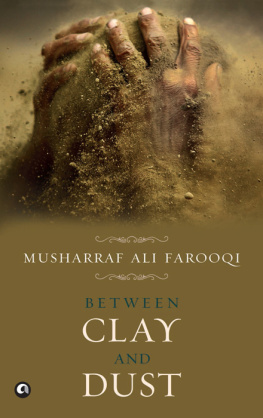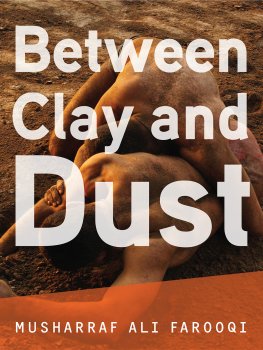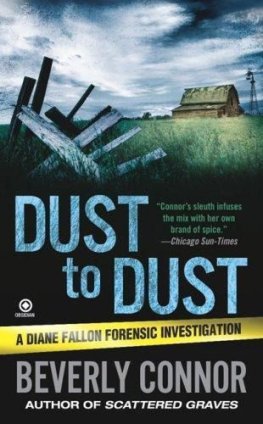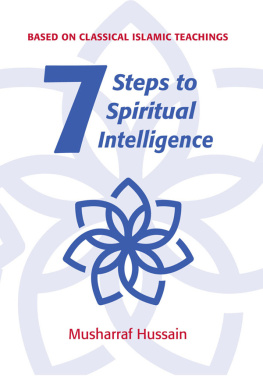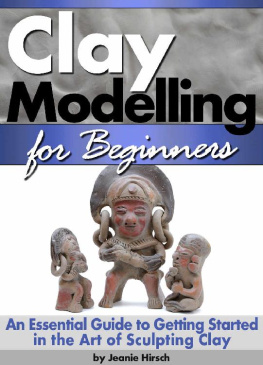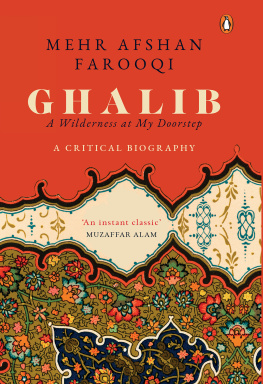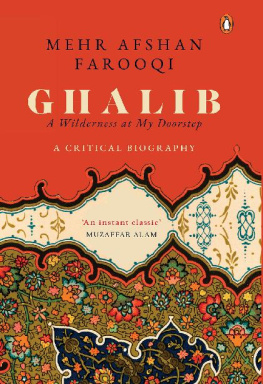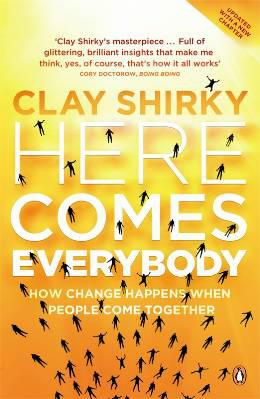About the book
Musharraf Ali Farooqis new novel, set in an unnamed Pakistani city shortly after Partition, unravels the lives of Ustad Ramzi, one of the greatest wrestlers of the land, who is now old and warmed only by the memories of his past, and the equally renowned Gohar Jan, a courtesan whose kotha once welcomed lords of the land but is now in danger of being shut down.
Through the course of this book we witness Ustad Ramzis almost fanatical devotion to his craft and his akhara, and the attempts of his younger brother Tamami also a wrestler to rise from the towering shadow of Ustad Ramzi. We witness, also, the unusual, unspoken bond that grows between the celibate wrestler and the elegant courtesan, both past their prime.
Spare, haunting and exquisitely written, Between Clay and Dust is a remarkably original offering from a novelist working at the height of his powers.
About the author
Musharraf Ali Farooqi was born in 1968 in Hyderabad, Pakistan, and currently lives in Karachi. His previous novel, The Story of a Widow , was shortlisted for the DSC Prize for South Asian Literature 2010. He is also the highly acclaimed translator of Urdu classics Hoshruba and The Adventures of Amir Hamza , contemporary Urdu poet Afzal Ahmed Syeds selected poetry and Urdu writer Syed Muhammad Ashrafs novel The Beast . His childrens fiction includes The Amazing Moustaches of Moochhander the Iron Man and Other Stories and the picture book The Cobblers Holiday or Why Ants Dont Wear Shoes .
ALEPH BOOK COMPANY
An independent publishing firm
promoted by Rupa Publications India
This digital edition published in 2013
First published in India in 2012 by
Aleph Book Company
7/16 Ansari Road, Daryaganj
New Delhi 110 002
Copyright Musharraf Ali Farooqi 2012
All rights reserved.
This is a work of fiction. Names, characters, places and incidents are either the product of the authors imagination or are used fictitiously and any resemblance to any actual persons, living or dead, events or locales is entirely coincidental.
No part of this publication may be reproduced, transmitted, or stored in a retrieval system, in any form or by any means, whether electronic, mechanical, print reproduction, recording or otherwise, without the prior permission of Aleph Book Company. Any unauthorized distribution of this e-book may be considered a direct infringement of copyright and those responsible may be liable in law accordingly.
e-ISBN: 978-93-82277-81-1
All rights reserved.
This e-book is sold subject to the condition that it shall not, by way of trade or otherwise, be lent, resold, hired out, or otherwise circulated, without the publishers prior consent, in any form or cover other than that in which it is published.
FOR AFZAL AHMED SAYED
CONTENTS
Inner City
he ruination of the inner city was attributed to times proclivity for change. It lay abandoned, half buried in and half surrounded by the squalor of shanty towns. New settlements cordoning it on three sides seemed to avoid the shadow of its sunken grandeur. Streets connecting new colonies skirted off its periphery. Links binding old and new neighbourhoods were either never formed or broken at the start. The wide serpentine alley of high, arched gateways dividing its residential and artisan quarters looked strangely desolate.
The ravaging winds of Partition had left it unscathed. The turmoil that had seared the fibre of men and gored their souls had not touched this quiet habitation. There had been anxiety that things would be greatly changed, but later there seemed hope that the worst was over and lifes routines could now be renewed. Nobody expected that in Partitions wake would follow a slow disintegration of values that would unravel the inner city. In a way, the inner city was always a cats cradlea crisscross of lifes many faces, each sustained by the other. The strings of this cats cradle had not snapped but they had become hopelessly tangled.
The inner city had been emptied of most of its old inhabitants. Just as its walls had been stripped of their turquoise-coloured mosaic panels, times ravages had forced into oblivion its generations of the dead, too. To answer the fierce demand for construction material during the last few years, the memory of those who had shaped the inner city was not only stripped of the tombstones that commemorated their existence, but also the bricks that marked their graves.
The disfigured architecture and worn, paved stones of the inner city still intoned its past splendour in broken whispers. There were a few enclaves where the last of its remnants were yet visible. Unconcerned and out of step with the currents of time, even after the recent changeful decade, these enclaves and those who inhabited them had continued to exist by exercising some power to resist change, or perhaps because no one found it worthwhile to remove them. They had been left on their own and forgotten, and it occurred to some that the mist of oblivion would hang over them forever.
Ustad Ramzi
stad Ramzi was the head of a pahalwan clan and the custodian of a wrestlers akhara. He was a man of frugal speech and austere habits, and appeared to some a stern man. His imposing stature, a heavyset jaw, and upturned whiskers only reinforced this impression. He was one of those men who do not accept the futility and emptiness of life, but who try continuously to give it meaninga reflection of their own lifes purpose.
Fifteen years earlier, in 1935, he had won the highest wrestling title in the land, Ustad-e-Zaman. This title was at the heart of a long struggle between Ustad Ramzis clan and its rivals who had defended it for years. By winning the title, Ustad Ramzi had fulfilled the coveted dream of his clan elders. He had defended it many times since and cherished it as a sacred trust vouchsafed to the strength of his arms.
Recently, Ustad Ramzis world had been shaken by the abolition of the princely states whose nawabs and rajas had traditionally patronized the wrestling arts. Many smaller akharas had closed down in consequence. The two surviving akharas belonging to Ustad Ramzi and his rival clan had also experienced the bite of hard times. Trainee pahalwans continued to take instruction, but there were fewer of them than before. Only a few bouts had been organized in the past year, and they had not drawn many spectators.
The prevailing situation made the future of this sport look uncertain, at best. These circumstances, however, had not affected Ustad Ramzis unremitting adherence to his creed or checked his aspirations for the sport and its practitioners.
The akhara was a hallowed place for him, where a man made of clay came in contact with his essence. On the day he first put on the fighters belt and stepped into the akhara, Ustad Ramzi made the pahalwans traditional pledge to strive for the perfection of his body and soul until he returned to earth upon his death. The akhara, which his patriarchs had tended with their labour and sweat, was still the mainstay of his life. It had always been guided by the example of his elders, and as it was before, so it was now.









